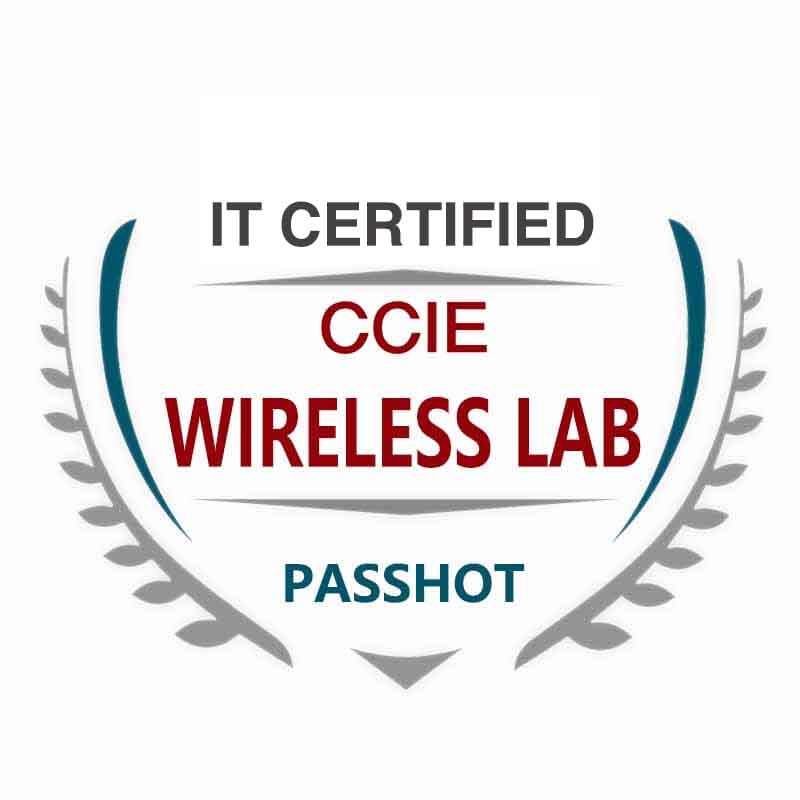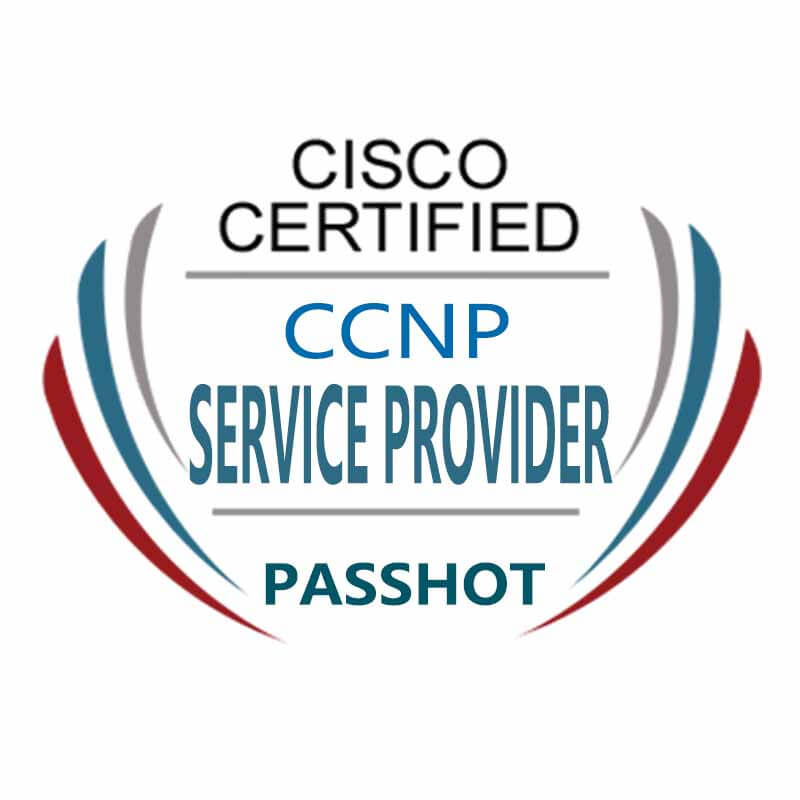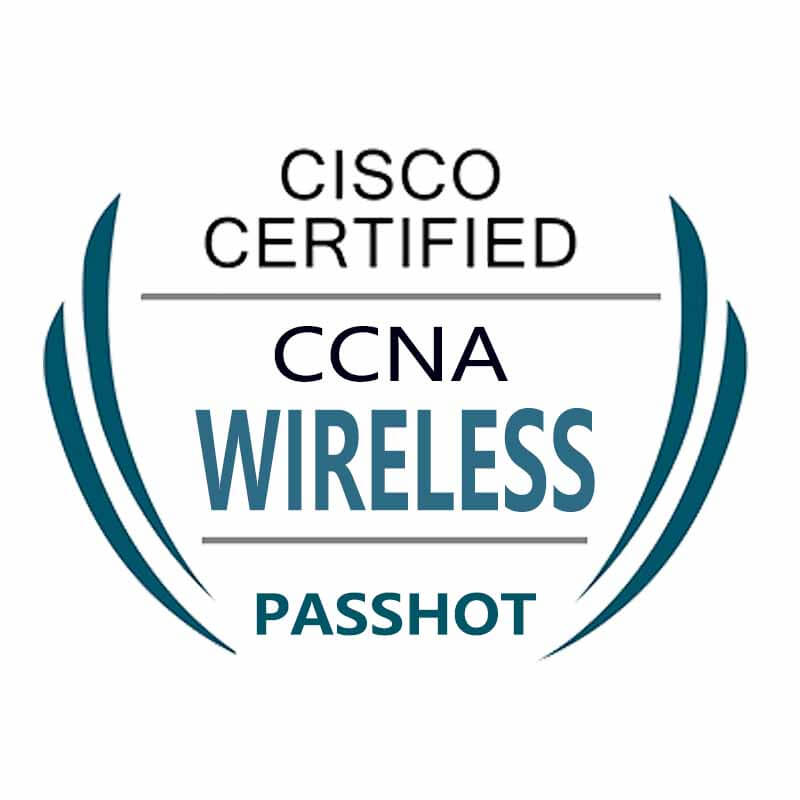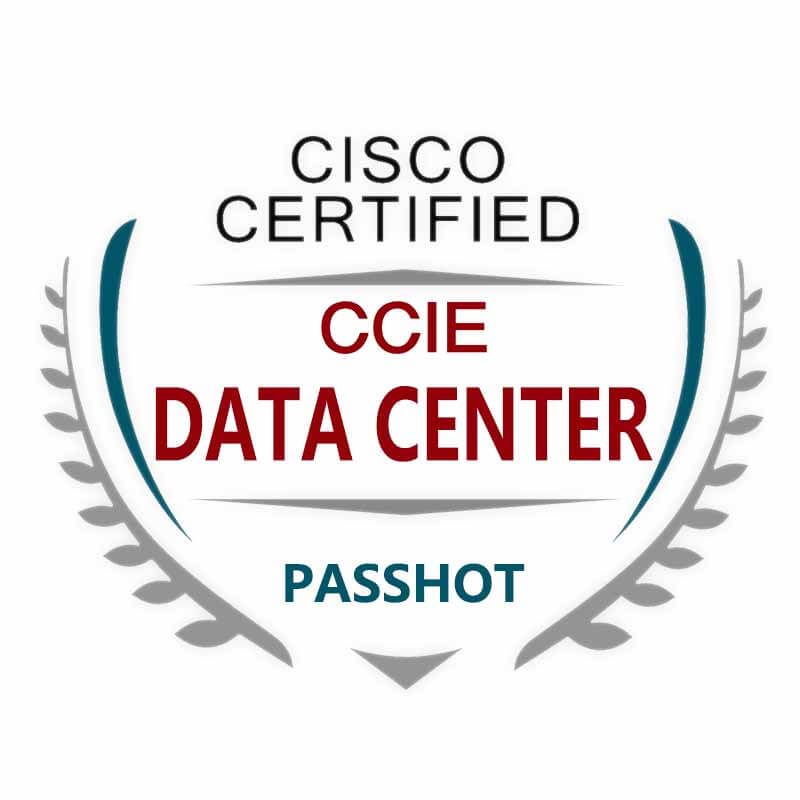100% Pass Cisco, PMP, CISA, CISM, AWS Dumps on SALE!
Get Now
01:59:56
X
The difference between OSPFv3 and OSPFv2
OSPF is a link state routing protocol. It has many advantages such as open standards, rapid convergence, no loops, and easy hierarchical design. The OSPFv2 protocol, which is widely used in IPv4 networks, is too closely related to IPv4 addresses in terms of message content and operating mechanism, which greatly restricts its scalability and adaptability.
Therefore, when we first considered extending OSPF to support IPv6, we realized that this was an opportunity to improve and optimize the OSPF protocol itself. As a result, not only did OSPFv2 be extended for IPv6, but a new and improved version of OSPF was created-OSPF v3.
OSPFv3 is described in detail in RFC2740. The relationship between OSPFv3 and OSPFv2 is very similar to the relationship between RIPng and RIPv2. The most important thing is that OSPFv3 uses the same basic implementation mechanism as OSPFv2-SPF algorithm, flooding, DR election, area, etc. Some constants and variables like timers and metrics are also the same. Another similarity to the relationship between RIPng and RIPv2 is that OSPFv3 is not backward compatible with OSPFv2.
Whether it is OSPFv2 or OSPFv3, the basic operating principles of the OSPF protocol are the same. However, due to the different meanings of the IPv4 and IPv6 protocols and the size of the address space, the differences between them are bound to exist.
Similarities between OSPFv2 and OSPFv3:
1. The router types are the same. Including internal routers, backbone routers, area border routers and autonomous system border routers.
2. The supported area types are the same. Including backbone area, standard area, stub area, NSSA and completely stub area.
3. Both OSPFv2 and OSPFv3 use SPF algorithm.
4. The election process of DR and BDR is the same.
5. The interface types are the same. Including point-to-point links, point-to-multipoint links, BMA links, NBMA links and virtual links.
6. The data packet types are the same, including Hello, DBD, LSR, LSU, and LSA, and the neighbor relationship establishment process is also the same.
7. The calculation method of the metric value has not changed.
The difference between OSPFv2 and OSPFv3:
1. In OSPFv3, the "subnet" concept of OSPFv2 is changed to the "link" concept, and two neighbors on the same link but belonging to different IPv6 subnets are allowed to exchange data packets.
2. The router ID, area ID, and LSA link state ID values are still expressed in 32 bits, so they cannot be expressed in IPv6 addresses.
3. On the link between the broadcast network and the NBMA network, OSPFv2 neighbors are identified by their interface addresses, while neighbors on other types of links are identified by RID. OSPFv3 cancels this inconsistency, and all neighbors on all types of links are identified by RID.
4. OSPFv3 retains the area (or AS) and area (area) flooding range of OSPFv2, but adds a link local flooding range. A new link LSA (Link LSA) is added to carry information that is only associated with neighbors on a single link.
5. The IPv6 protocol uses an authentication extension header, which is a standard authentication process. For this reason, OSPFv3 does not require its own authentication for OSPFv3 packets, it only needs to use IPv6 authentication.
6. Use the link-local address to discover neighbors and complete automatic configuration. IPv6 routers do not forward data packets whose source address is the link address. OSPFv3 believes that each router has assigned its own link address for each physical network segment (physical link) it connects to.
7. In OSPFv2, unknown LSA types are always discarded, while OSPFv3 can treat them as link local flooding range.
8. If an IPv4 address is set on the interface of the router, or a loopback interface is set, OSPFv3 will automatically select the IPv4 address as the router ID, otherwise, you need to set the ID number for the router.
The above is the news sharing from the PASSHOT. I hope it can be inspired you. If you think today' s content is not too bad, you are welcome to share it with other friends. There are more latest Linux dumps, CCNA 200-301 dumps, CCNP Written dumps and CCIE Written dumps waiting for you.
Cisco Dumps Popular Search:
capitulo 8 cisco ccna chris bryant ccna 200 301 ccna security dumps pdf free download ccna 200-301 exam cost philippines ccie data center salary ccna v6 book capitulo 7 ccna 1 pdf cisco certification pathway ccna 200-125 v3 dumps certcollection.org ceh
Copyright © 2025 PASSHOT All rights reserved.






